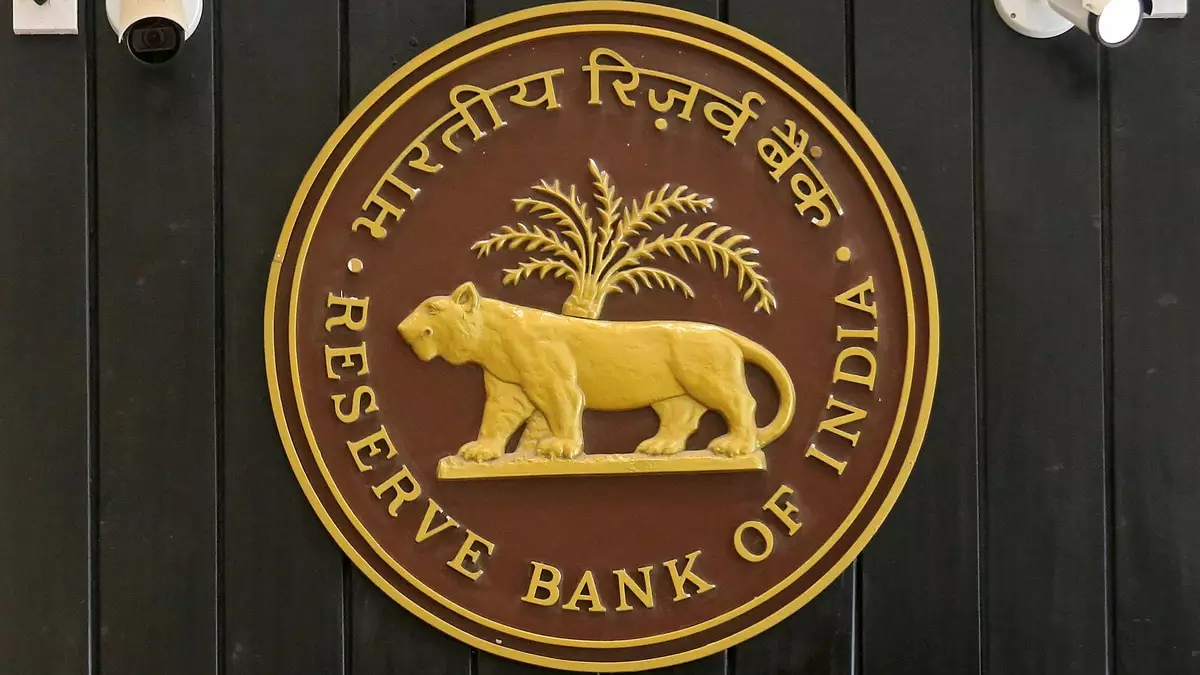The Reserve Bank of India (RBI) recently unveiled its latest report outlining the future of the digital finance industry in the country. One of the key highlights of this report was the introduction of the eRupee central bank digital currency (CBDC). Unlike traditional cryptocurrencies, the eRupee is regulated by the RBI, making it a unique offering in the digital finance space. Currently in its advanced trial phase, the eRupee has been positioned by the apex bank as a tool to enhance India’s cross border transactions and elevate the status of the Indian Rupee (INR) on the global stage.
The RBI’s report on currency and finance for the years 2023-2024 emphasizes the potential impact of the eRupee CBDC on India’s soft power. By focusing on cross-border digital trade policies and digitalization efforts, the central bank aims to leverage the eRupee to open up new opportunities, streamline international transactions, mitigate foreign exchange risks, and manage global liquidity. The introduction of the CBDC is seen as a strategic move to position India as a key player in the global digital finance landscape.
In a bid to attract foreign direct investments (FDIs) into India’s fintech sector, the RBI is actively exploring ways to integrate the eRupee into the country’s financial ecosystem. By promoting fintech innovations such as the eRupee, the central bank hopes to enhance data security, expand access to e-payment services, and bolster local digital capabilities. The inclusion of the CBDC in India’s financial system is expected to usher in a new era of digital transformation and financial inclusivity.
As of May 2024, India joined the ranks of 36 countries worldwide that are in the pilot phase of developing their respective CBDCs. CBDCs like the eRupee are digital representations of fiat currencies, underpinned by blockchain technology. This allows for secure and transparent transactions, with all activities recorded on the blockchain ledger. The shift towards CBDCs is poised to revolutionize the global financial landscape, reducing reliance on physical currency and driving digital innovation.
Currently undergoing trials in both the retail and wholesale sectors, the eRupee is being tested for Person to Person (P2P) and Person to Merchant (P2M) transactions. With 50 lakh users and 4.2 lakh merchants participating in the CBDC retail pilot as of June 2024, the eRupee is gaining traction in the market. Industry experts like Sharat Chandra, Founder of EmpowerEdge Ventures, see the eRupee as a key enabler for internationalizing the Indian Rupee. By establishing multi-CBDC bridges with strategic partner nations, the RBI aims to position the Digital Rupee as a global payment solution, similar to the success of UPI on the domestic front.
The RBI’s forward-looking approach to digital finance, embodied by the eRupee CBDC, signals a new chapter in India’s financial evolution. With a focus on innovation, inclusivity, and global outreach, the central bank is paving the way for a digital-first economy that holds immense promise for both businesses and consumers alike. By embracing the potential of CBDCs and fintech advancements, India is poised to lead the way in shaping the future of finance on the global stage.

Leave a Reply